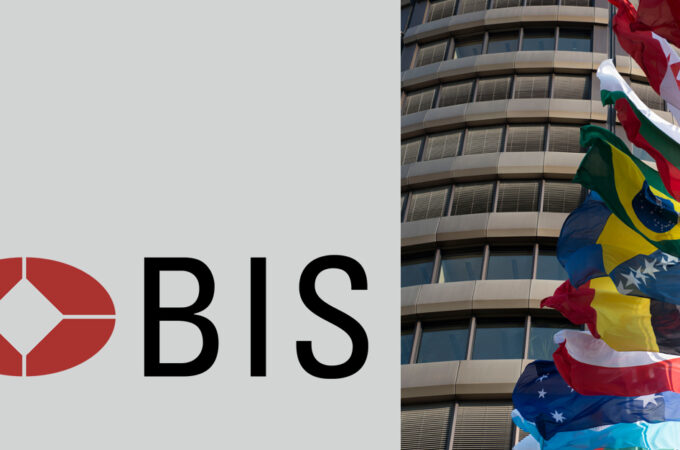
Mobile wallets can end the ‘fragmentation’ of modern financial services
By David Griffiths for PaymentsSource
As Christmas approaches, online shoppers will once again be doing what online shoppers do best, though increasingly they will be doing it via their smartphones, which can be fiddly.
Merchants that have accepted the overheads of PCI-DSS and the ever-increasing risk of hacking have been able to provide a low friction payment process by storing customer card data. Historically, these merchants have always fared better than those that relied on customers key entering card data and then enduring the 3DS process.
Keying delivery details and card data into a desktop PC is painful enough, but keying that same data into a smartphone while on the move is something of a black art. In these cases, mobile shopping demands a certain commitment on the part of the shopper. The Holy Grail of mobile, and internet, shopping remains the one-click checkout, and the mobile wallet looks well positioned to deliver this to retailers that don’t have the infrastructure to support it locally.

Image: Bloomberg News
But that’s not all. In the early days of financial services, relationships with banks and building societies were very different, in my experience at least.
The Halifax Building Society, for example, believed in a “cradle to grave” approach that encompassed both customers and staff. It was not unusual to find people approaching retirement that had started with the bank (as it was known locally) straight from school and then work their way up through the ranks. The same was true of customers: school savings accounts, current accounts and mortgages throughout a person’s working life and then provision for old age. Both customers and staff were provided for as the bank delivered the services that were needed, when they were needed, and directly to those who needed them.
Times change, and in what might be called the post-modern era of banking, where behavior is driven by rationality, human nature and progress, the provision of services has become fragmented and staff and customers alike have adapted accordingly. While a fragmented approach suits some business models, I would argue that this is not the case for services delivered via a mobile wallet. Mobile wallet propositions are consumer propositions and demand to be approached holistically.
Banks already provide mobile banking apps for current accounts and they provide mobile wallets for payment cards. Merchants provide shopping apps and they also provide mobile wallets for loyalty cards, card schemes provide their own mobile wallets for payment cards. Mobile phone operators and phone manufacturers have attempted to do the same. This fragmented approach is a long way from the mobile wallet vision and a long way from the consumer perception of the leather wallet it replaces.
Fragmentation, however, is already giving way to consolidation, and the consolidation of payment cards in mobile wallets is inevitably going to result in a high degree of service homogeneity. A payment card loaded into one of the many mobile wallet options, all performing the same functions and used to pay at POS, online and in app will look and feel the same regardless of the branding of the wallet. This is not necessarily an issue if the consumer’s “problem” is just about mobile payments, but in its raw form, a mobile wallet is a technical solution solving a technical problem at the expense of the consumer proposition and the potential for wider development of the customer relationship.
Mobile wallets are central to a broader re-engagement with customers, and are an opportunity for banks to deliver services that consumers want, where they are wanted and directly to those who want them. The banks hold the current relationships and therefore the banks currently hold the keys. If banks are to exploit this key position that they find themselves in, then bank apps must become more engaging, offering tangible lifestyle service to consumers. The banks could possibly begin with real-time account information and financial dashboards. Given the implications of PSD2 (and open banking generally), individual banks would be wise to rise to the challenge, and use the PSD2 compliance budget to begin the development of value added services to consumers.
The downside to this approach is that every bank is going to be competing with every other bank, and without service differentiators, the risk of homogeneity is going to be great. The race is therefore on for banks to establish significant primary relationships with customers, and then to use those relationships to develop consumer-focused, lifestyle services. Primary relationship are about more than just payments, they are about developing a connection with the consumer, and payments and financial services are just the beginning.
Primary relationships are built on value added services and extended lifestyle support through the delivery of those value-added services. We already conduct much of our social lives on Facebook and our business lives on LinkedIn, and we do this because they add a certain value and they are easy to engage with. In contrast, we don’t have anywhere to conduct our financial and administrative lives. It may sound somewhat less interesting, but it touches everyone, and for most, admin is a pain. A connected mobile wallet can take that pain away.
That’s why a mobile wallet is for life.
First appeared at PS





